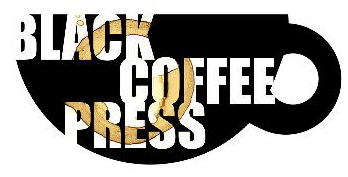what happens to us isn’t good
Flash fiction: feeding a demographic composed of people without much time to read but with plenty of time to think. I used to think of flash fiction as a pompous intellectual commercial; there is something buried in there, but more often than not it doesn’t want you to know what it is. The burden lay with the critic. But then I happened upon a little thing called the internet, where flash fiction has been allow to flourish outside—and even influence—academe. Amy Hempel, an author who writes in a very flash-fiction, minimalist style uses the following lines in her story “The Man in Bogotá,” which textualizes my eventual change nicely:
“It took months. The man had a heart condition, and the kidnappers had to keep the man alive […] He wondered how we know that what happens to us isn’t good.”
The internet has without a doubt promoted the art of flash fiction more than any other medium. The internet reader is a predictable type, one with short attention span while simultaneously being offered infinite possible directions. The charge upon the author is to craft something meaningful using as few words as possible (generally about 500 – It’s hard to stay with a story while so much delicious porn lingers just a mouse-click away).
Fortunately, for all of us, flash fiction isn’t being left to fend for itself. Numerous online and print literary magazines are being produced that cater specifically to the flash fiction genre. Head over to one of the best, Vestal Review, to read my flash fiction piece “5” x 6″ in a Sturdy Frame.” Then read all the other offerings; you’ll have plenty of time left over for porn, I promise.
 |
Vestal Review is a quarterly print and online literary magazine devoted entirely to flash fiction under 500 words. While you’re perusing the goods spend a few bucks and subscribe: you’ll need to fill what little time you spend away from the internet reading something, right? |


